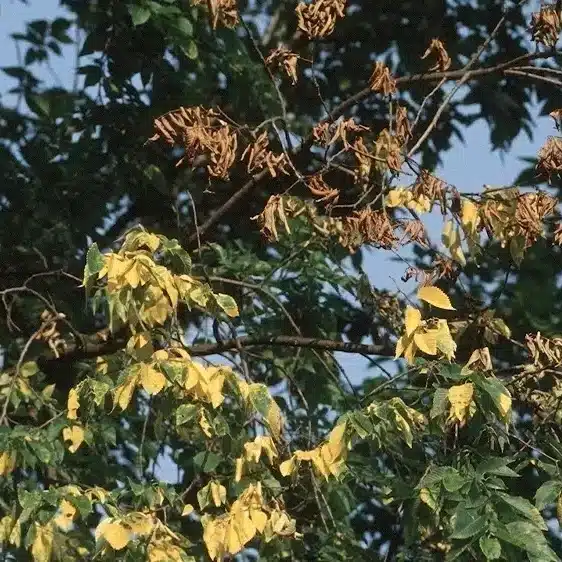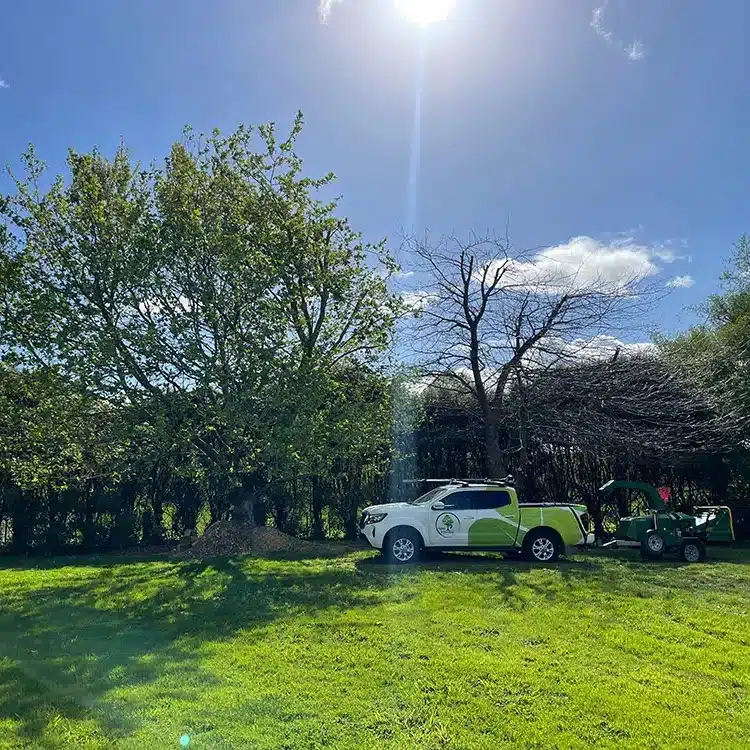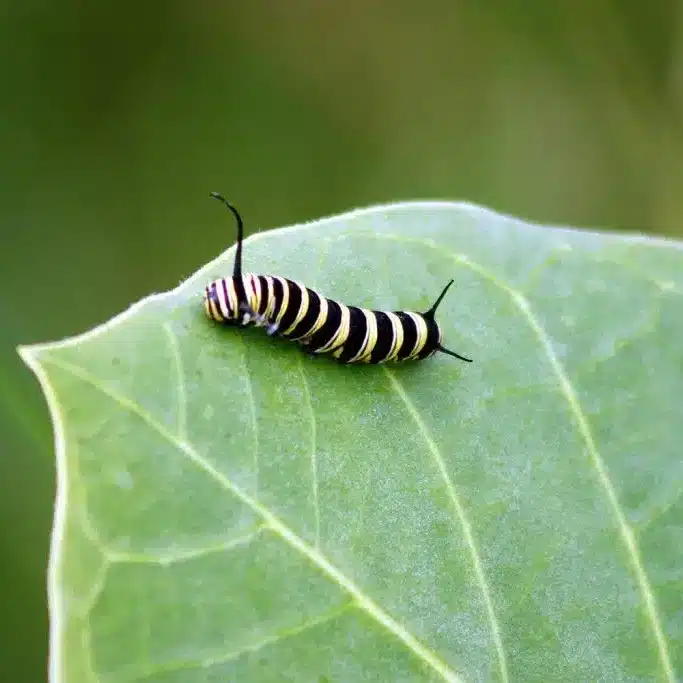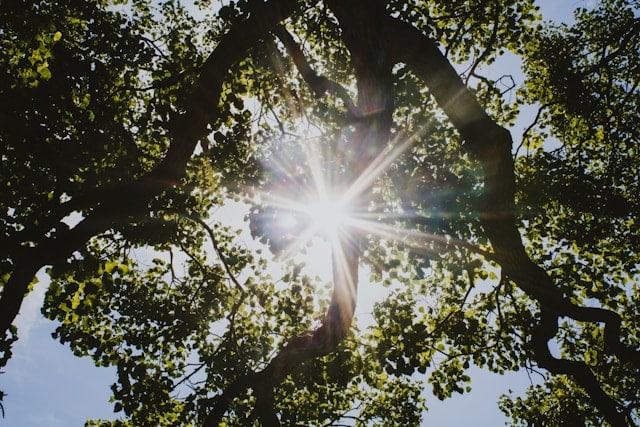
As we move through February and towards March, your trees are at a crucial transition point. The intense summer heat will begin to wane, but the challenges of autumn are just around the corner. This period is critical for ensuring your trees remain healthy through the seasonal change and are prepared for the cooler months ahead. As experienced arborists in the Waikato region, we’ve seen how proper late summer care can prevent significant problems in autumn and winter.
Signs Your Trees Are Feeling the Summer Heat
The long, hot summer days can take their toll on even the hardiest trees.
Here are key stress indicators to watch for:
- Leaf scorch and browning edges often appear first, particularly on the sun-exposed sides of your trees. You might notice crispy, brown edges on leaves or entire leaves turning brown prematurely. This is your tree’s way of showing it’s struggling with heat or water stress.
- Premature leaf drop, while natural in small amounts, can signal distress when excessive. If you notice more leaves than usual beneath your trees during late summer, it could indicate heat stress or inadequate water uptake.
- Cracking bark or sunscald appears as vertical splits in the bark. This damage occurs when bark heats up during the day and rapidly cools at night, causing tissue damage.
- Despite regular watering, wilting often indicates root stress or soil compaction issues. If your tree’s leaves droop even with consistent watering, underlying problems might be preventing proper water uptake.
- Branch dieback, where branches start dying from the tip inward, can signal severe stress requiring immediate attention. This is particularly concerning if it affects multiple branches.
Essential Late Summer Care Tasks
Deep watering is crucial during this period. Rather than frequent shallow watering, opt for less frequent but deeper soaking. This encourages deeper root growth and better drought resistance. Water slowly and deeply around the dripline (the area under the outer edge of the tree’s canopy) rather than near the trunk.
Mulching remains vital for moisture retention and root protection. Maintain a 7-10cm layer of organic mulch, avoiding direct contact with the trunk. This helps regulate soil temperature and reduces water evaporation.
Proper pruning timing varies by species, but late summer is generally good for removing dead, diseased, or damaged branches. However, avoid major pruning during this time as it can stress trees further and make them more vulnerable to autumn challenges.
For soil care, focus on maintaining adequate moisture levels rather than fertilising. Late summer isn’t typically the best time for fertilisation unless specifically recommended by an arborist based on soil testing.
Preparing for Autumn
Now is the time to assess and prepare your trees for autumn winds and weather changes. Start with a thorough structural assessment. Look for:
- Weak branch unions that could fail in autumn winds
- Crossed or rubbing branches that need addressing
- Dead or dying branches requiring removal
- Signs of disease or decay that could worsen in wet autumn conditions
Root zone preparation is crucial. Ensure proper drainage around your trees, as waterlogged soil during autumn rains can lead to root problems. Consider adding a fresh layer of mulch to protect roots from temperature fluctuations.
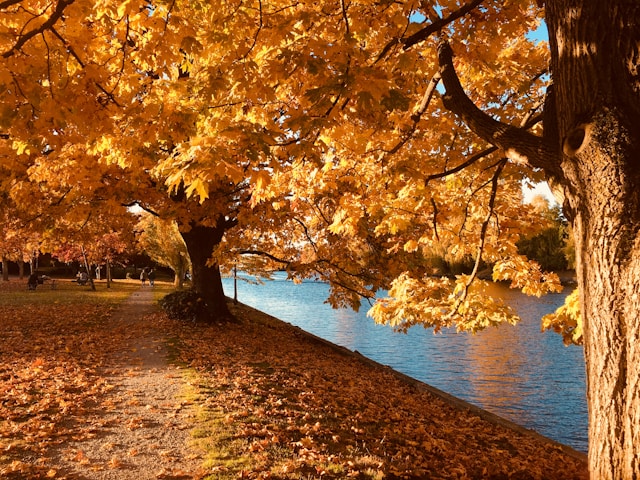
Species-Specific Care Tips
- Native trees like Pōhutukawa and Kōwhai handle the transition well but benefit from monitoring for pests that can become more active in late summer.
- Fruit trees need particular attention now, especially if they still bear fruit. Proper water management is crucial to prevent fruit split and ensure good harvest quality.
- Deciduous trees will soon begin preparing for autumn leaf drop. Watch for any unusual patterns in leaf colouration or drop timing that might indicate stress.
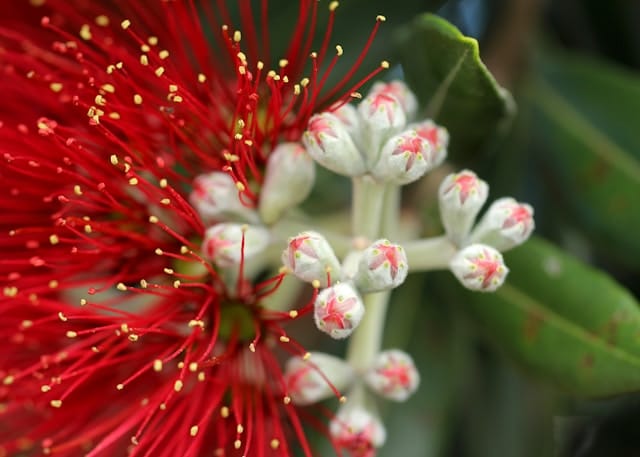
Common Mistakes to Avoid
- One of the biggest mistakes we see is improper pruning timing and technique. While doing major pruning now is tempting, it’s better to wait for the dormant season for significant pruning work.
- Over-watering can be as harmful as under-watering. Check soil moisture before watering by digging 10-15cm into the soil. If it’s still moist, wait before watering again.
- Ignoring early warning signs often leads to more significant problems. What might seem like minor stress now can become major issues during autumn if left unaddressed.
When to Call an Arborist
A professional assessment is recommended if you notice the following:
- Multiple dead or dying branches
- Significant lean that’s developed over the summer
- Visible cracks or splits in major branches or trunk
Signs of disease or pest infestation - Any structural concerns before autumn winds arrive
Early intervention can prevent costly problems and help maintain your trees’ health through the seasonal transition. Our certified arborists can provide detailed assessments and recommend specific tree care plans.
Taking Action
The transition from summer to autumn is critical for tree care in the Waikato region. By being proactive now, you can help ensure your trees remain healthy and strong through autumn and winter. Please get in touch with us if you’re unsure about any aspects of your trees’ health or need professional assistance. We’re here to help keep your trees thriving through every season.
Ready for a professional assessment of your trees? Contact Apex Arborists at 022 516 0700 or email info@apexarborists.co.nz to schedule a consultation.


